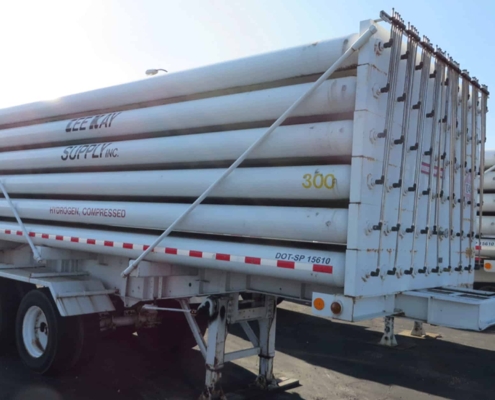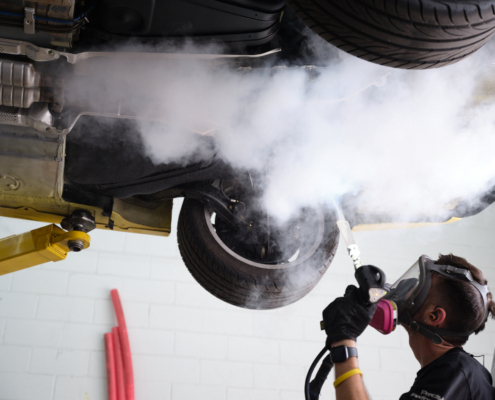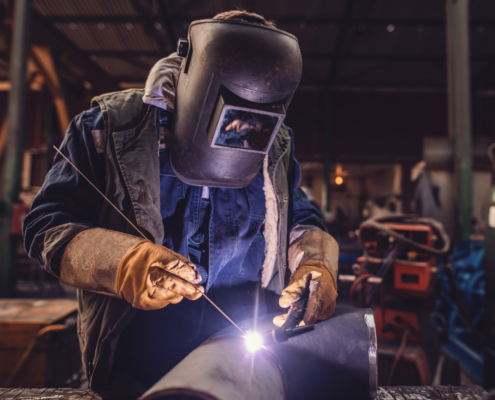Embracing Innovation: The Future of Welding Industry
The welding industry, a cornerstone in the realms of manufacturing and construction, is undergoing a transformative era. With technological advancements and innovative practices, the future of welding presents an exciting panorama of efficiency, safety, and new capabilities. This blog post explores the significant trends and innovations shaping the future of the welding industry.





